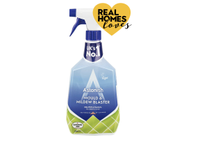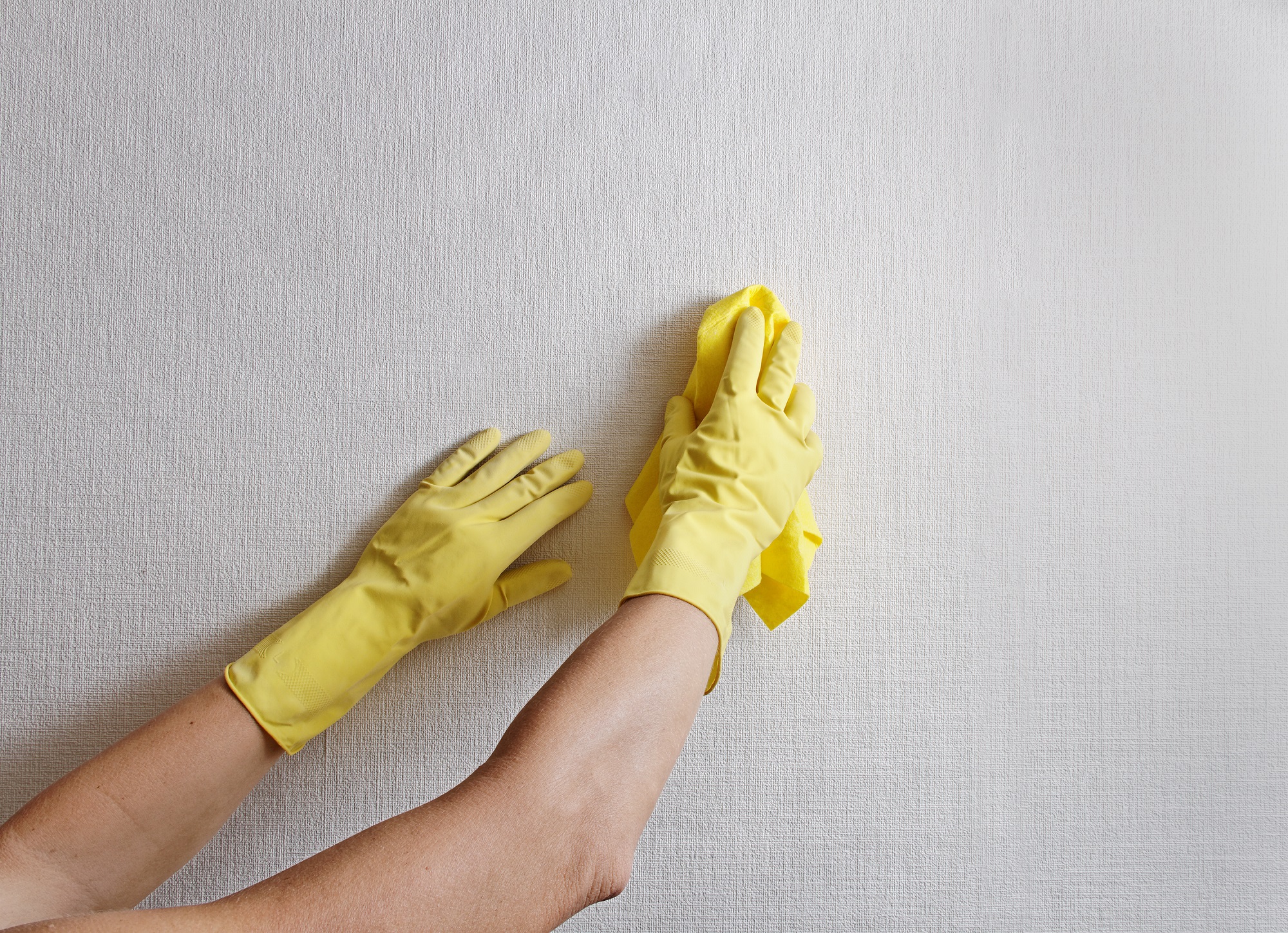

Whether you've had a spill that's ended up on your wallpaper or the kids continually trail greasy mitts down your walls, you'll occasionally need to tackle cleaning your wallpaper. But doing so isn't a simple task you can just do with any old materials: knowing how to clean wallpaper properly is key to not ruining it – and not having to redecorate too regularly. Here, with the help of iwantwallpaper.co.uk, we explain in easy steps.
Once your wallpaper is spotless, check out all our cleaning how tos and hacks. Find out how to clean walls in our expert guide, too. And don't miss our sourcebook of the top 50 must-have cleaning products for your home.
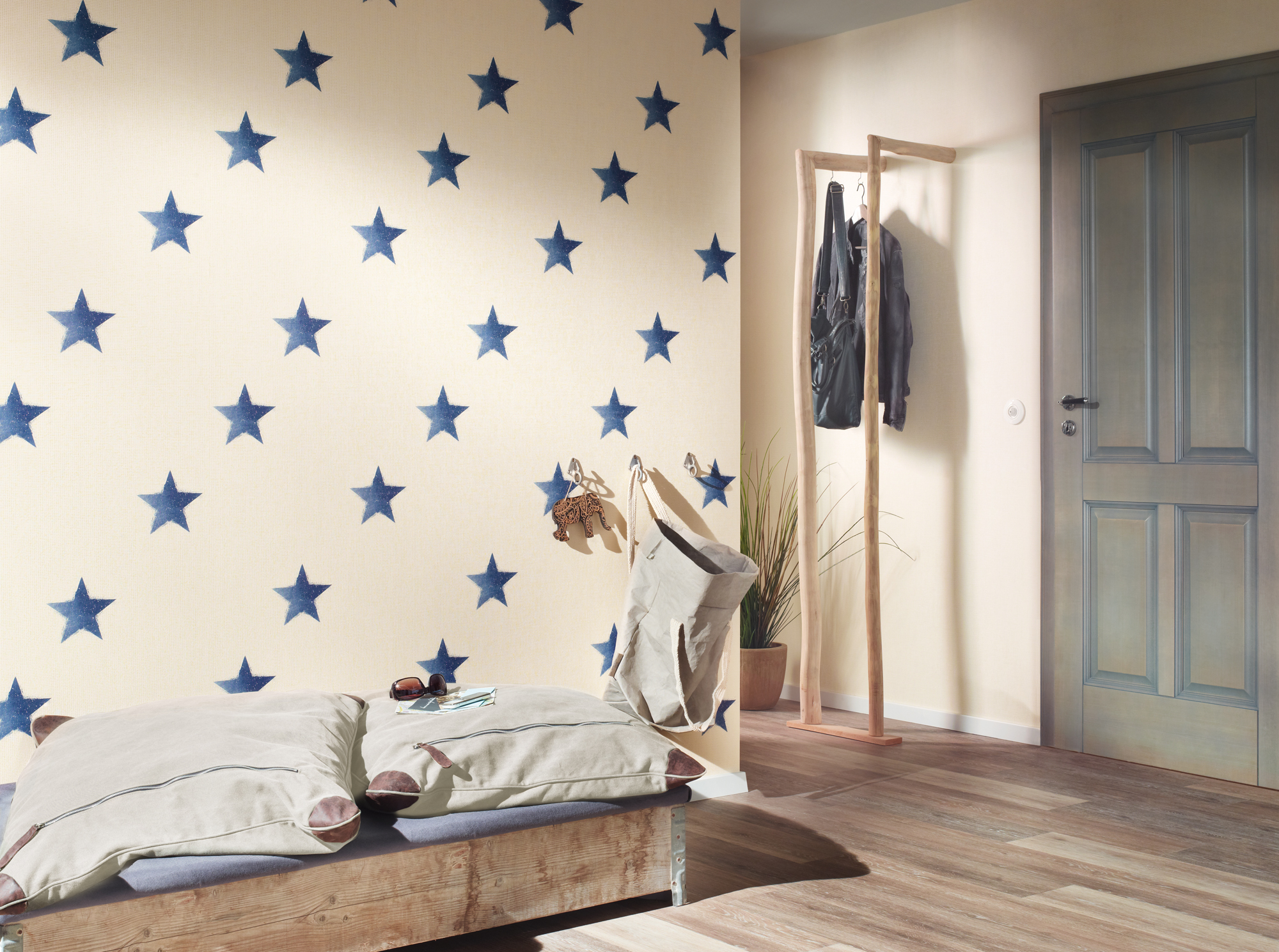
AS Creation Star Pattern Wallpaper, £15.75 per roll from www.iwantwallpaper.co.uk
1. How to clean wallpaper? Pick a washable wallpaper
If you're about to start decorating and are picking out wallpaper for a high traffic area, including a child's bedroom, picking a washable wallpaper makes good sense.
There will be a label on the wallpaper when you buy it telling you just how much of a wash it can take – from spongeable to highly scrubbable. If your wallpaper is already up and you've not kept the label (we wouldn't), but you know where it's from, you should be able to find out the information you need about how to clean the wallpaper on the company's website.
No label, no company, no idea? If your wallpaper looks to be vinyl or acrylic, this is washable; if it looks to have a decent sheen on it, it should be spongeable at the very least. If it's delicate looking or is painted lining paper, proceed with caution.
What else to bear in mind? Patterned wallpapers hide marks and scuffs better than plain. Just saying.
Find the best wallpapers for children's rooms and the best wallpapers for hallways in our buyer's guides.
2. Dust or vacuum the walls before washing wallpaper
Doing this once a week with a telescopic duster or the soft brush on your vacuum cleaner held just away from the wall (see our guide to how to vacuum to find out more about this fascinating subject...) will mean that dust and cobwebs don't build up. Combined with grease from cooking or fingers, this near-invisible dust quickly becomes stuck on grime.
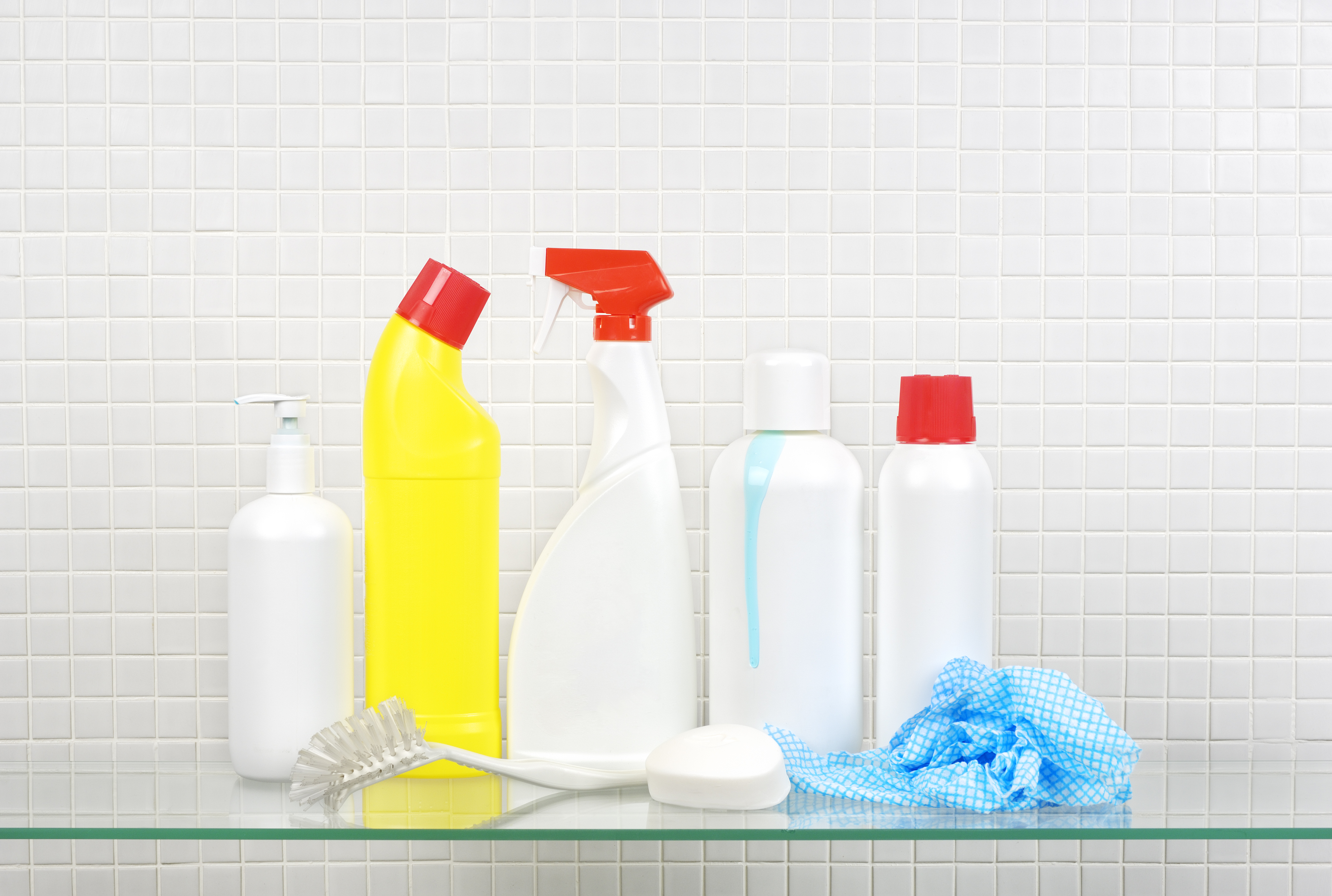
3. Get your wallpaper cleaning kit lined up
You'll need a bucket, a supply of warm water, a good quality washing up liquid and a clean, soft sponge. Avoid bleach or harsh cleaning solutions. Similarly, abrasive products like hard-bristle brushes may be too coarse for this job.
Simply squirt a little detergent into the water, mix well and you're good to go.
Pssst! Too much detergent can actually attract dirt and leave stains, so when we say 'a little', we really mean it. And, we'd choose a clear detergent instead of one of the green/yellow/pink ones, just to be on the safe side.
4. Do a patch test before you clean wallpaper
We say 'good to go', but do a patch test first. Find a discreet spot, perhaps behind a sofa, and test the cleaning solution to avoid costly damage. This will also give you a chance to practice the less is more approach to water. Over-wetting the wallpaper can do more damage to it.
Even scrubbable papers need a soft touch, so be gentle or you will remove wallpaper along with dirt.
5. How to clean wallpaper from top to bottom
Being methodical is important: start at the top left corner and wipe the wall with soapy water using gentle downward motions, being careful to avoid loosening or ripping conjoining edges.
Gentle downward motions will be effective enough to clean off the majority of dirt/stains.
After cleaning a strip, use the bucket filled with clean water (and the fresh cloth) to remove excess soap. Clean from top to bottom (to avoid drips) and work across the wall from left to right. Rinse the sponges and change the water regularly, so as not to just move dirt around.
6. Towel dry the wallpaper
Blot dry each section with a clean, dry towel as you go. Using a towel will gently absorb any leftover moisture and limit the risk of water marks.
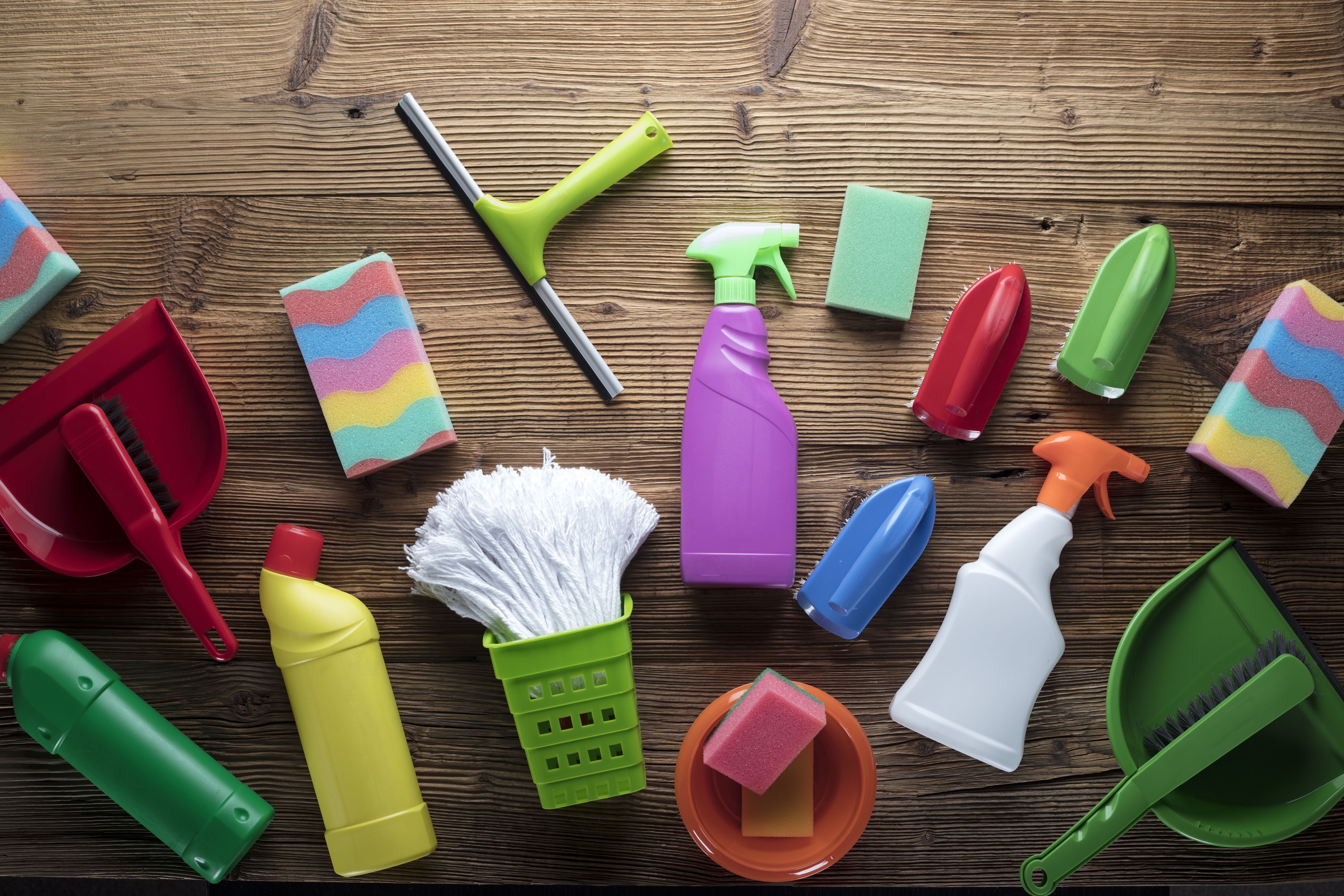
7. How to clean non-washable wallpaper
A regular light dusting is your best option. A very light application of soapy water as above can help to remove larger patches of dirt and small stains and marks. But generally, avoid washing non-washable because what tends to happen is that you're left with smeary walls that look just that little bit worse than they did before.
That said, you can perform a little bit of magic on small marks with our favourite product – and your first port of call before a damp, soapy cloth – a Mr Clean Magic Eraser.
8. How to remove ink, biro, crayon or felt pen from wallpaper
Mr Clean Magic Eraser not in your arsenal of cleaning products? Try wiping the affected area with a cloth or sponge moistened with cool, clear water, overlapping the strokes to avoid streaking. Then simply pat dry with a clean, lint-free cloth.
Baby wipes should remove the ink from washable markers. Gently rub baking soda and water onto non-washable ink. Rubbing alcohol or silver polish can be used on very durable wallpapers.
For permanent marker (we're looking at you, Sharpies), try isopropyl alcohol (rubbing alcohol); hand sanitiser, hairspray and nail polish remover may also work, but always do a spot test somewhere unseen first, and wear rubber gloves when applying the solutions.
For a chemical-free solution, try rubbing the area very, very lightly with bicarbonate of soda, sprinkled on a damp cloth, but bear in mind that this may remove some of the wallpaper's pattern/colour, so you'll need to balance up the worse of two evils: pen marks or faded patches.
For crayon, scrape it away with a blunt knife, then use the iron and a paper towel to lift more stubborn marks.
9. How to remove mould from wallpaper
We'd start with a mix of soapy water, but if this won't do the job well enough, mix in some white vinegar and apply that to the mould, working inwards in a circular motion so that you don't spread the mould further.
Use our guide to getting rid of mould and mildew to find out more.
The best mould sprays
Find the best products to get rid of mould and mildew in your home.
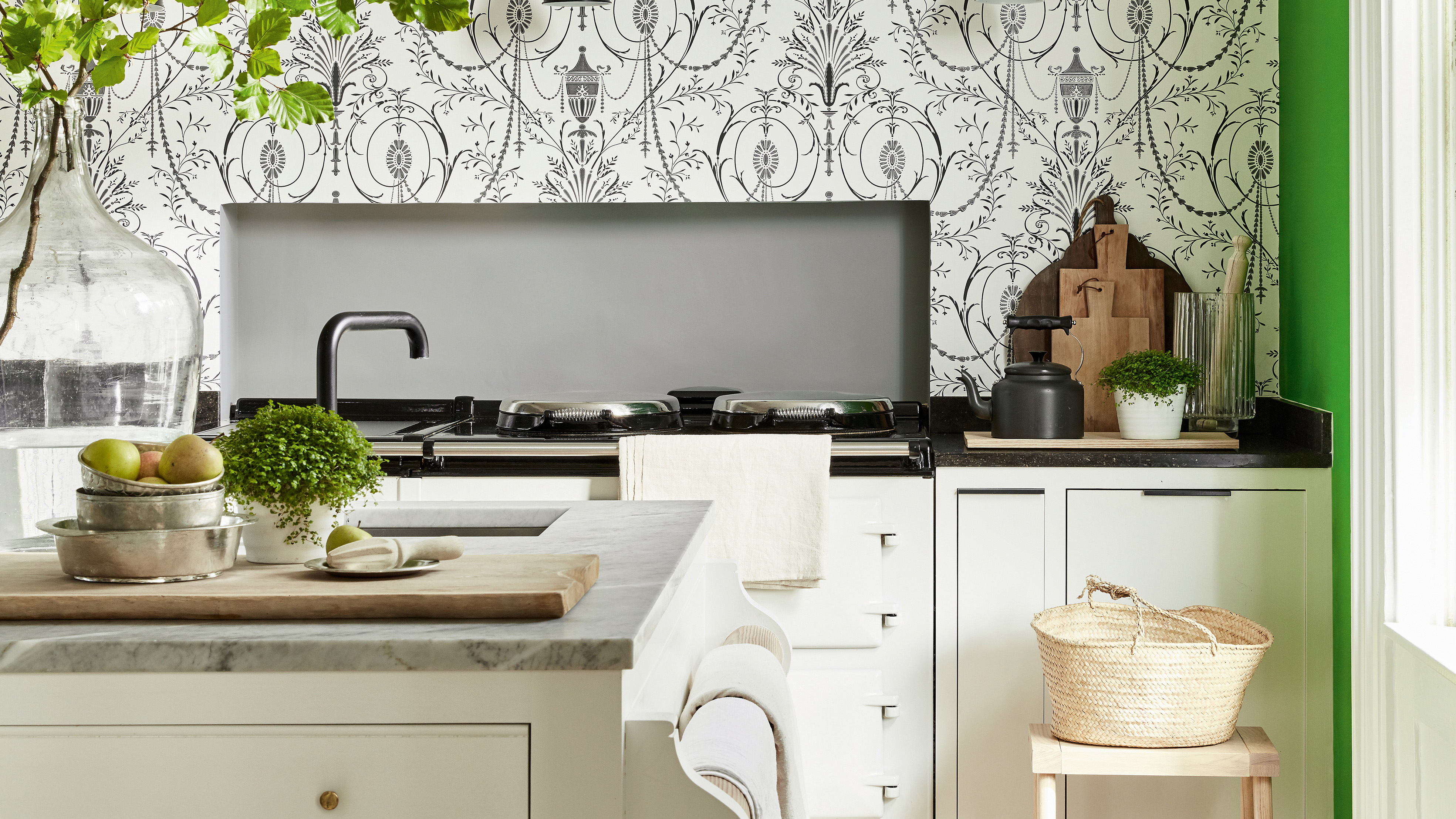
10. How to remove grease spots from wallpaper
If you've got wallpaper in your kitchen (or kids who put their hands on the walls) you may have to deal with removing grease spots from wallpaper.
To do so, make a paste of cornflour and water, apply it to the spots, leave to dry, brush off and repeat if necessary.
Talcum powder can absorb grease stains on non-vinyl wallpaper (simply apply and leave for five minutess then brush away). Alternatively, a low-heat iron applied over paper towels should soak up the stain.
As always, experiment in an unseen corner, first.
Find more kitchen wallpaper design ideas: clever ways to add character to your space.
11. How to remove fingerprints from wallpaper
Fingerprints are an inevitable mark on wallpaper if you have children. A clean eraser should rub the stain away with minimal pressure; use a Magic Eraser for best results.
12. How to remove scuffs from wallpaper
There are a number of methods for using scuff marks, an eraser being one of the most effective. Baking soda/water can also be used but is slightly abrasive so always test it first.
13. How to remove food from wallpaper
Messy kids? Lively dinner parties? Whatever, food occasionally finds its way on to wallpaper. Gently scrape away food that has stuck to the wallpaper. For more persistent stains, gently rub with a toothbrush dipped in detergent – soapy water should do the trick. Ensure you rinse and blot dry.
14. How to remove wine stains from wallpaper
The best way to remove wine stains from wallpaper is to first blot it dry, being careful not to spread the stain, then use a natural sponge lightly dampened with a solution of warm water and a small amount of liquid dishwashing detergent to carefully wipe it away. Blot and repeat.
If this doesn't work, you can try adding vinegar to the soapy water mix. But as always, experiment first.
Find out more about removing wine stains in our guide.
More stain removal and cleaning tips:
- How to clean up vomit
- Add another line of defence with our list of the best carpet cleaning products
- The best vacuums for pet hair
Join our newsletter
Get small space home decor ideas, celeb inspiration, DIY tips and more, straight to your inbox!
Lucy is Global Editor-in-Chief of Homes & Gardens having worked on numerous interiors and property titles. She was founding Editor of Channel 4’s 4Homes magazine, was Associate Editor at Ideal Home, before becoming Editor-in-Chief of Realhomes.com in 2018 then moving to Homes & Gardens in 2021. She has also written for Huffington Post, AOL, UKTV, MSN, House Beautiful, Good Homes, and many women’s titles. Find her writing about everything from buying and selling property, self build, DIY, design and consumer issues to gardening.
-
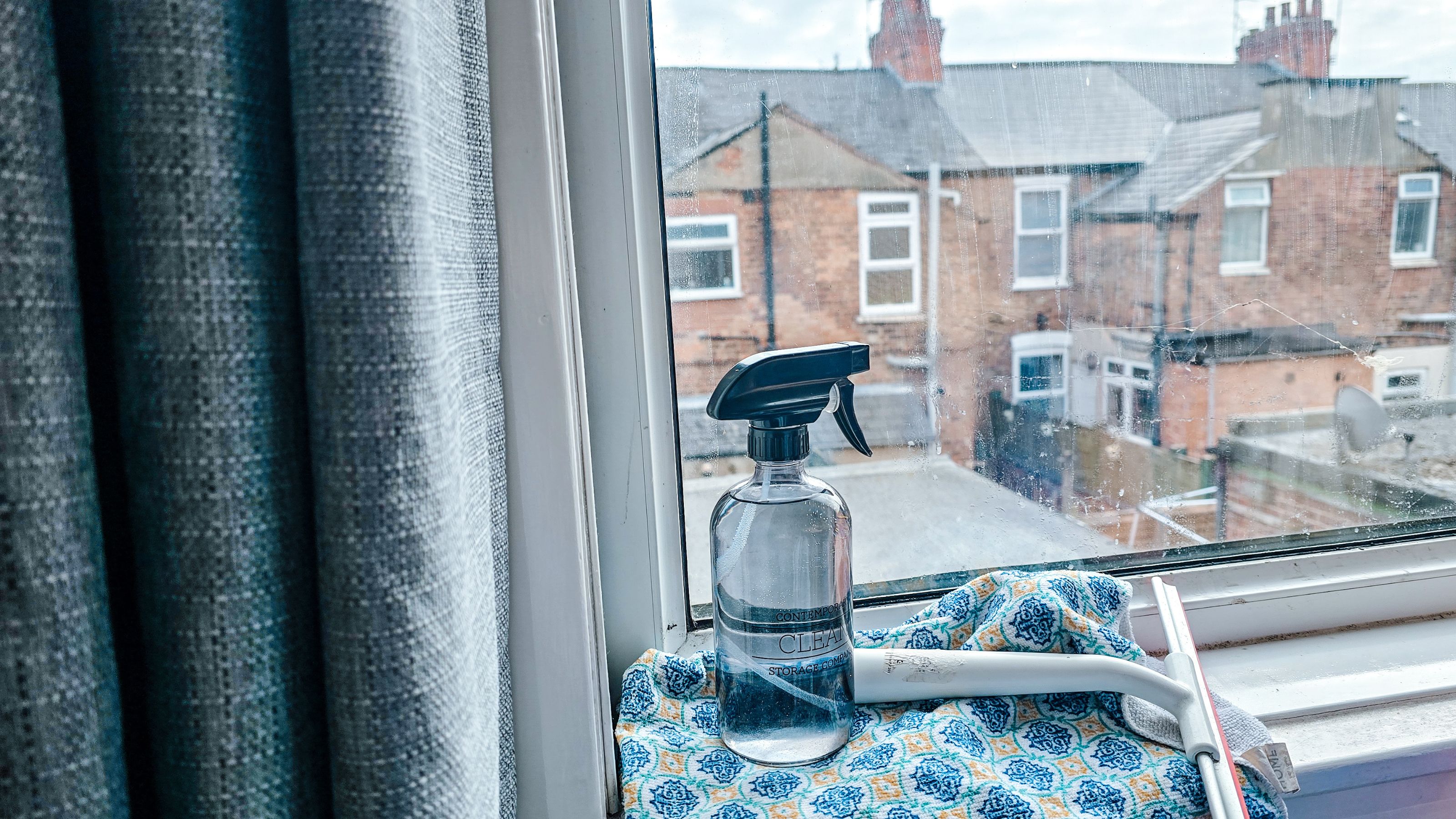 How to clean windows without streaks — 5 easy steps that cleaning pros always follow
How to clean windows without streaks — 5 easy steps that cleaning pros always followThis method on how to clean windows is favored by professional cleaners. We've asked them for the steps you should follow, plus picked cleaning buys
By Eve Smallman Last updated
-
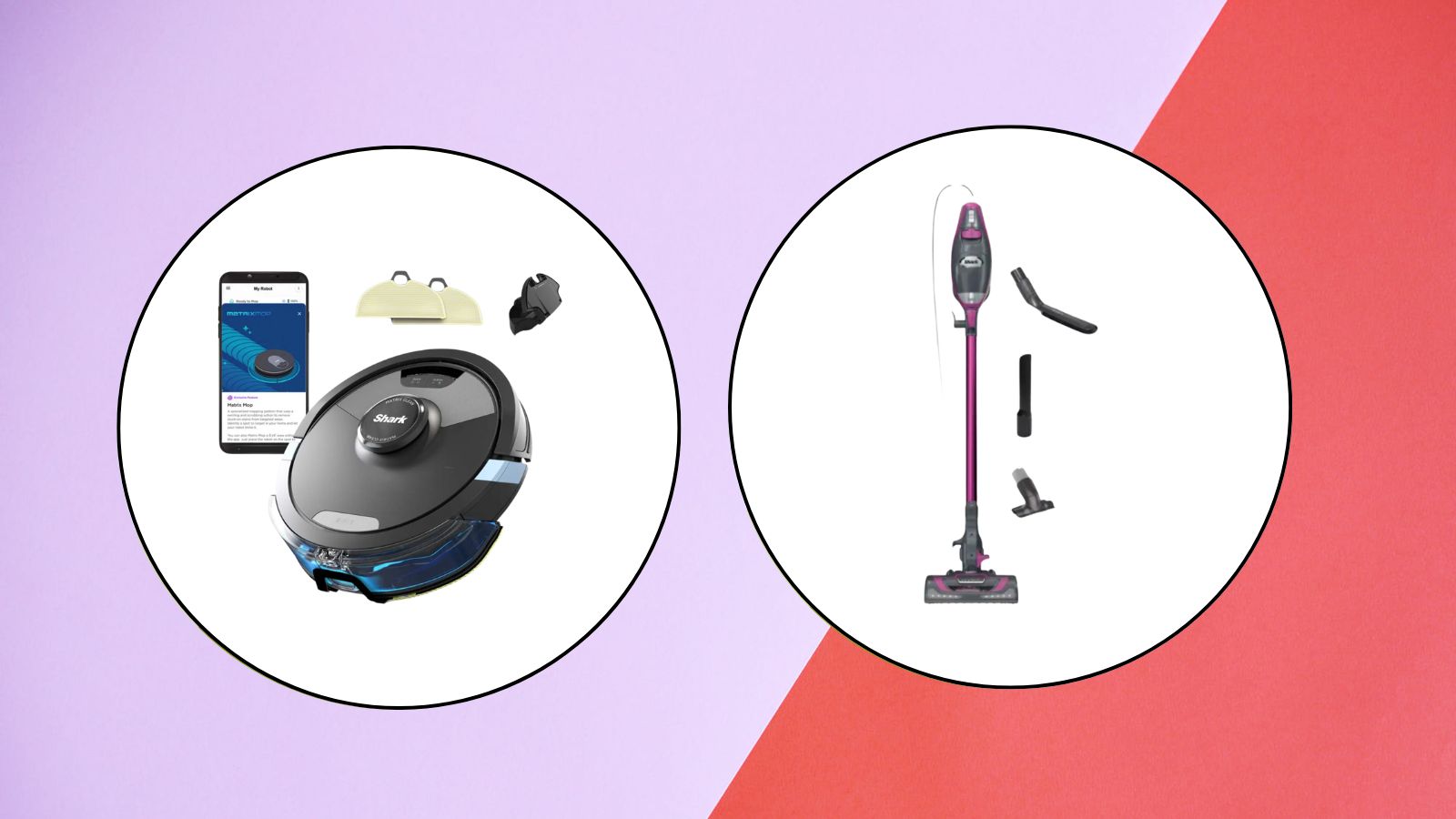 The latest Shark sale deals are perfect for pollen-proofing your home — with up to $150 off our favorite vacuums
The latest Shark sale deals are perfect for pollen-proofing your home — with up to $150 off our favorite vacuumsWe found the latest Shark sale deals on vacuums that are sure to be swooped up, especially as spring blooms trigger pollen allergies and we're in need of extra cleaning
By Danielle Valente Published
-
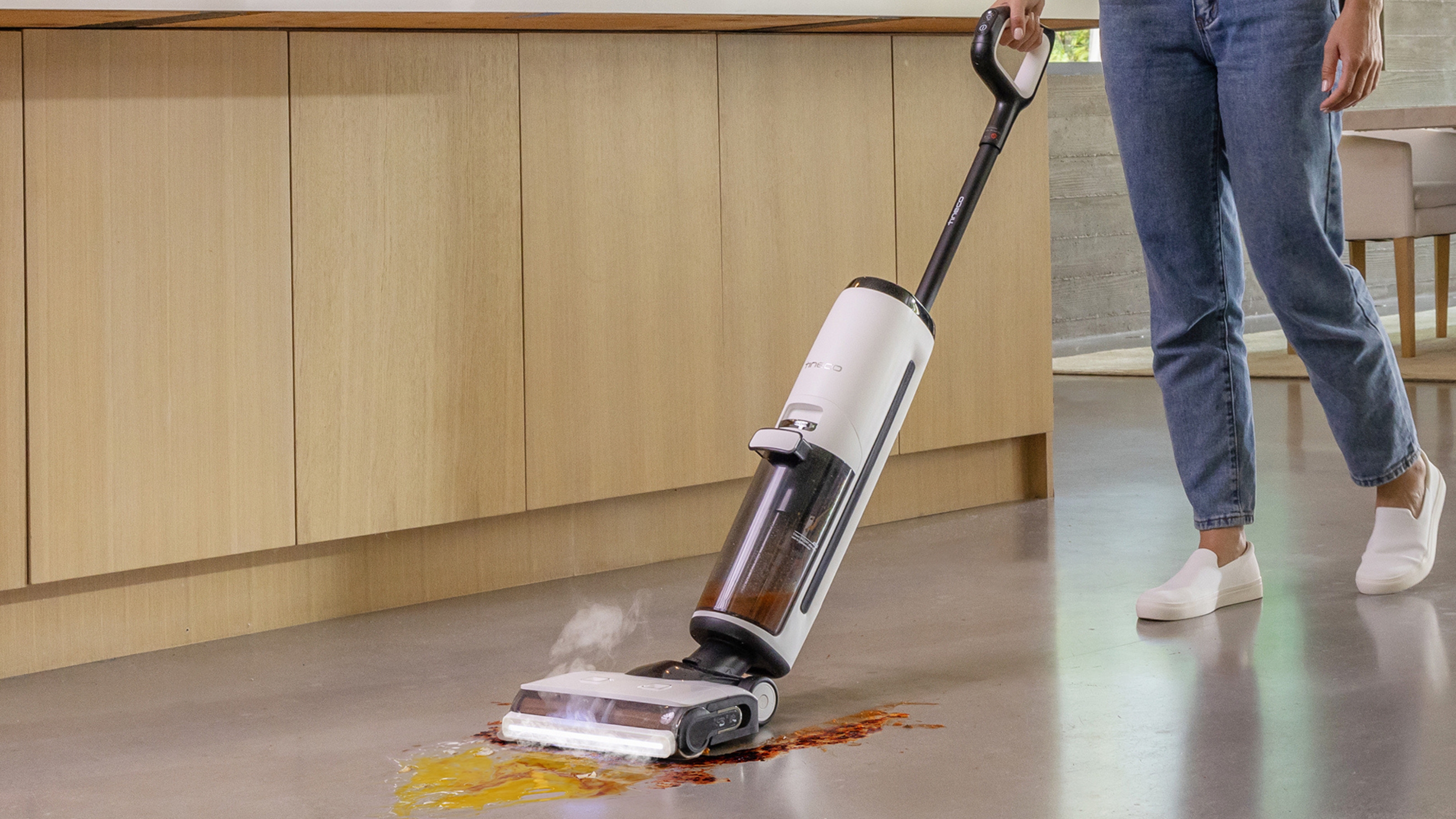
 Tineco Floor One S7 steam wet-dry vacuum review — spotless floors with minimal effort
Tineco Floor One S7 steam wet-dry vacuum review — spotless floors with minimal effortOur contributing editor, Camryn Rabideau, tests the Tineco Floor One S7 steam wet-dry vacuum in her New England homestead property
By Camryn Rabideau Published
-
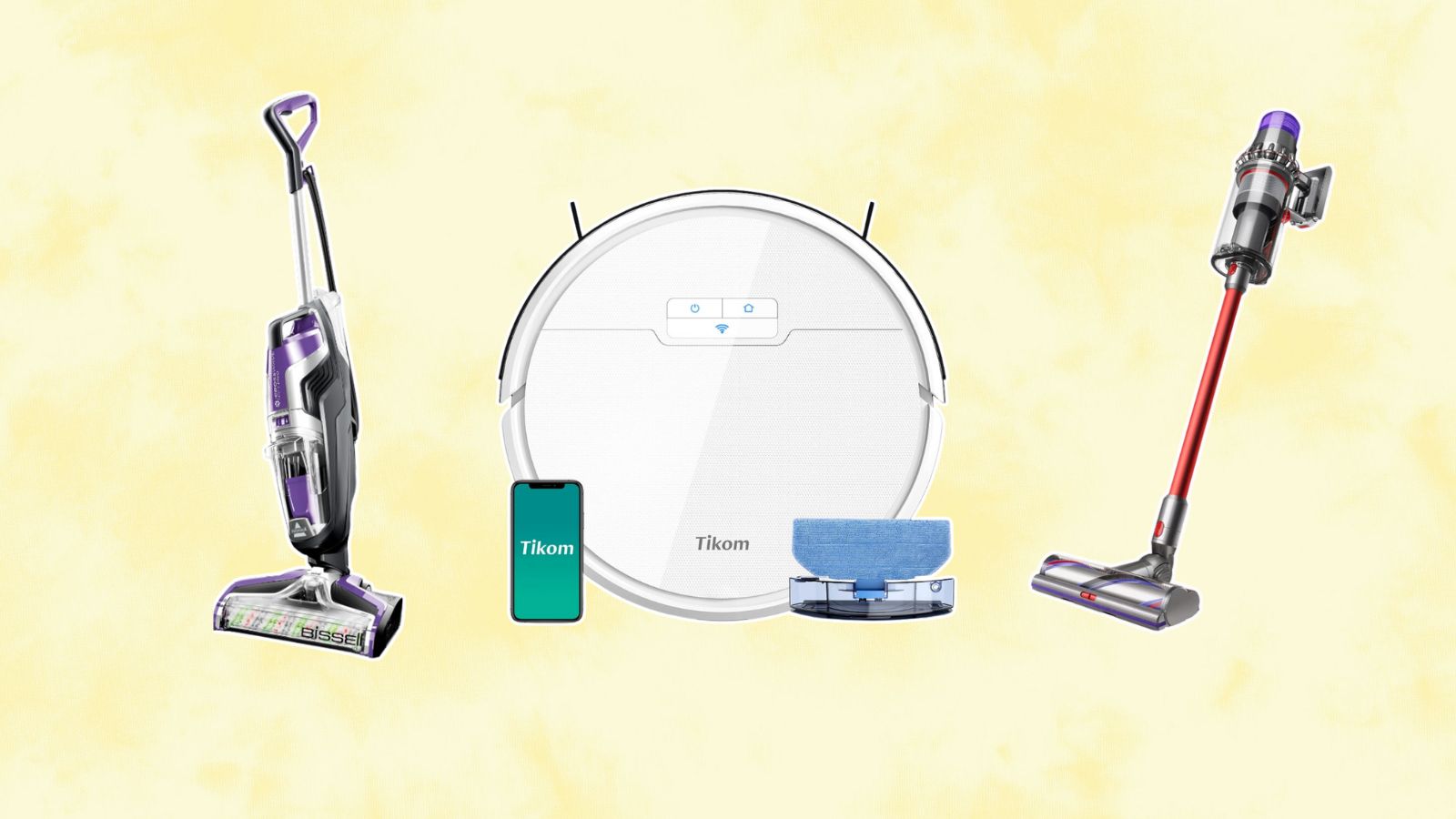 Amazon vacuum cleaners to nab during the retailer's Big Spring Sale — save up to 60% off our go-to small-space finds
Amazon vacuum cleaners to nab during the retailer's Big Spring Sale — save up to 60% off our go-to small-space findsChecking out the savings on Amazon? Vacuum cleaners are a must-buy during their first Big Spring Sale — here are our favorites up to 60% off
By Danielle Valente Published
-
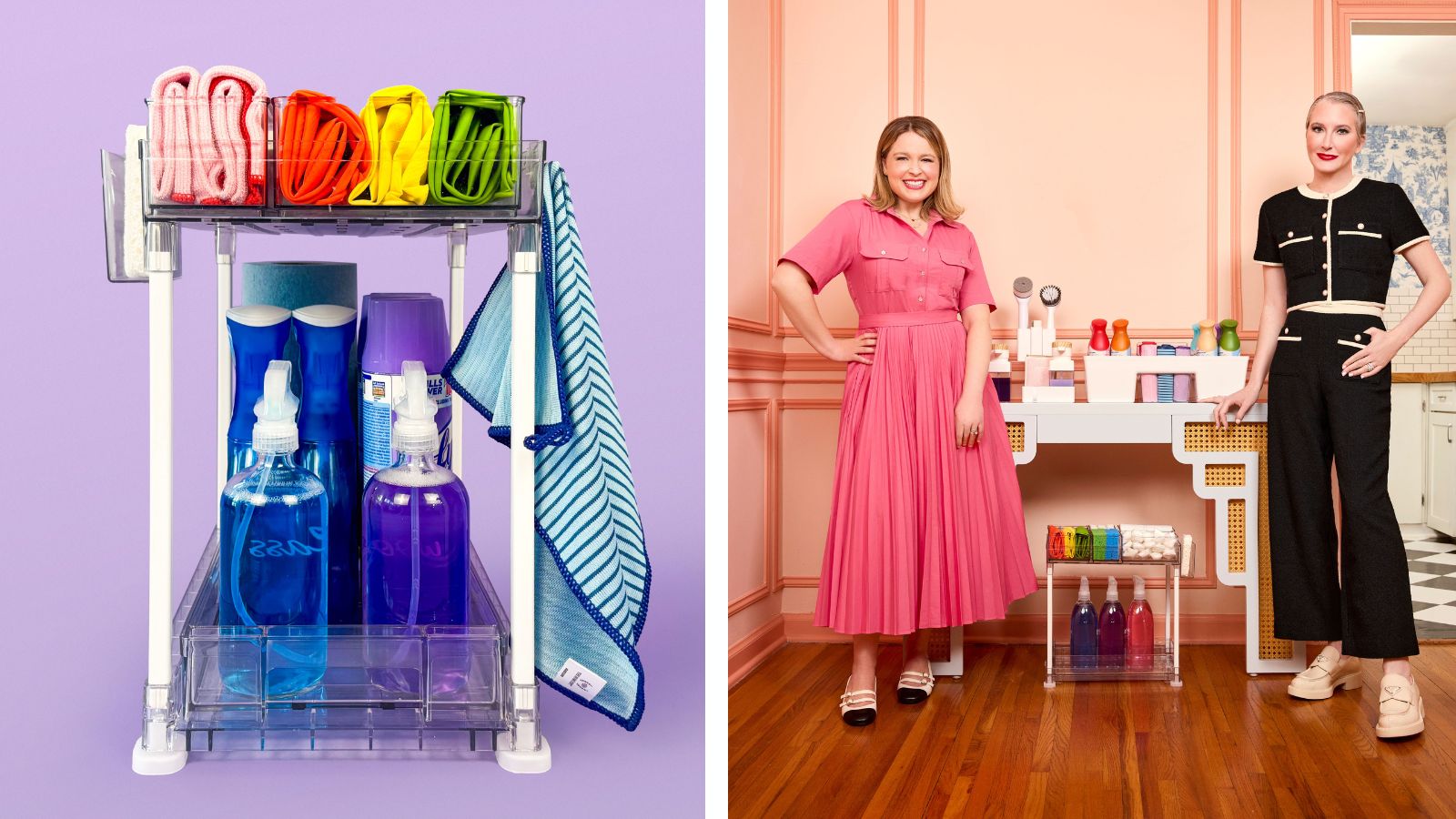 The Home Edit Walmart cleaning collection has just debuted with finds from $3
The Home Edit Walmart cleaning collection has just debuted with finds from $3Spring cleaning, anyone? The Home Edit Walmart cleaning collection has hit shelves with picks from $3
By Danielle Valente Published
-
 How to clean carpet on stairs — 3 simple steps to a spruced up staircase
How to clean carpet on stairs — 3 simple steps to a spruced up staircaseWant to know how to clean carpet on stairs? Our experts explain the simple steps to a sparkling stairway without too much elbow grease
By Andy van Terheyden Published
-
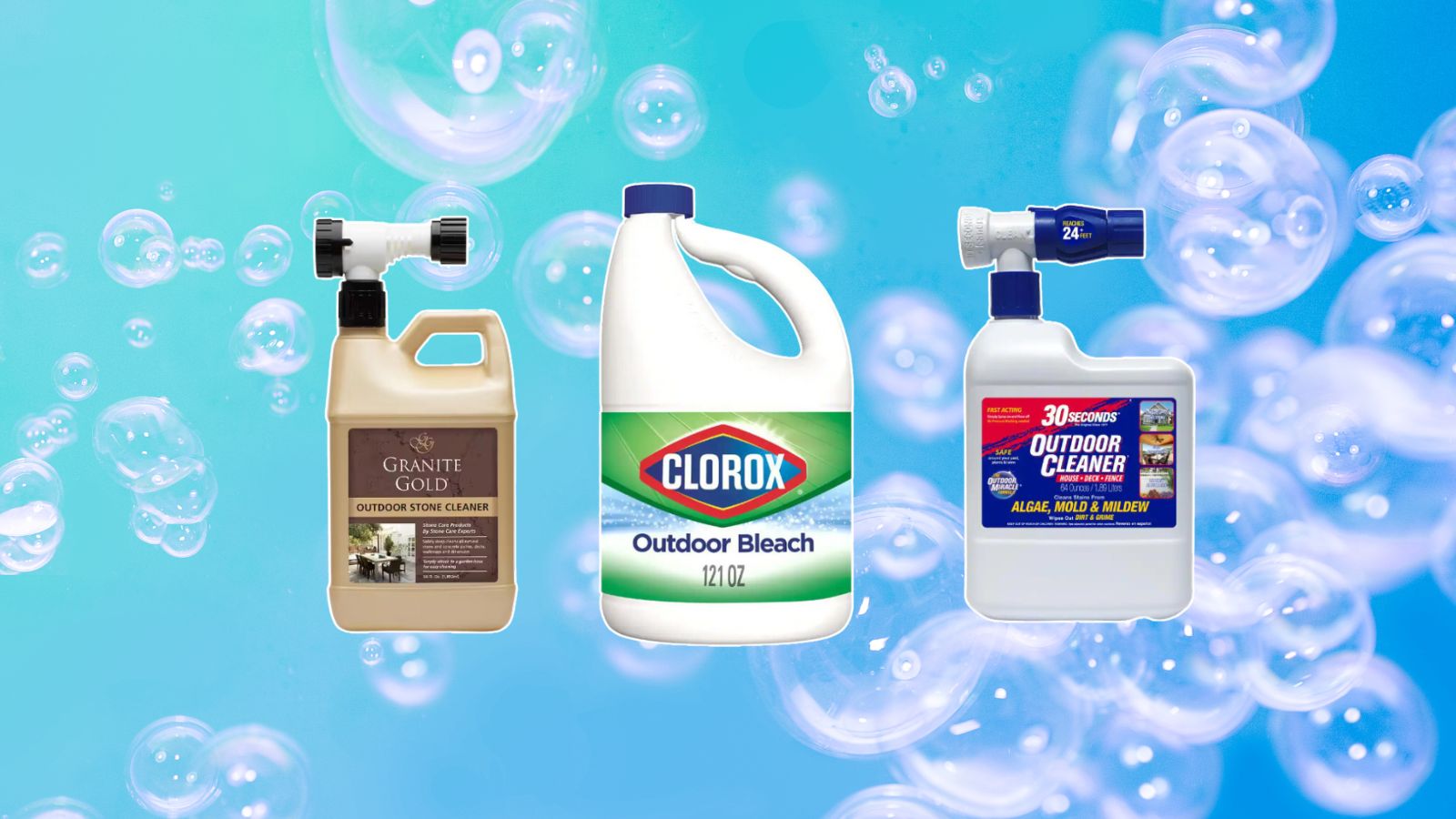 The Home Depot backyard and patio cleaning supplies we're stocking up on before spring
The Home Depot backyard and patio cleaning supplies we're stocking up on before springDon't forget the outdoors when spring cleaning — The Home Depot backyard and patio cleaning buys from $11 will assist with tidying up
By Danielle Valente Published
-
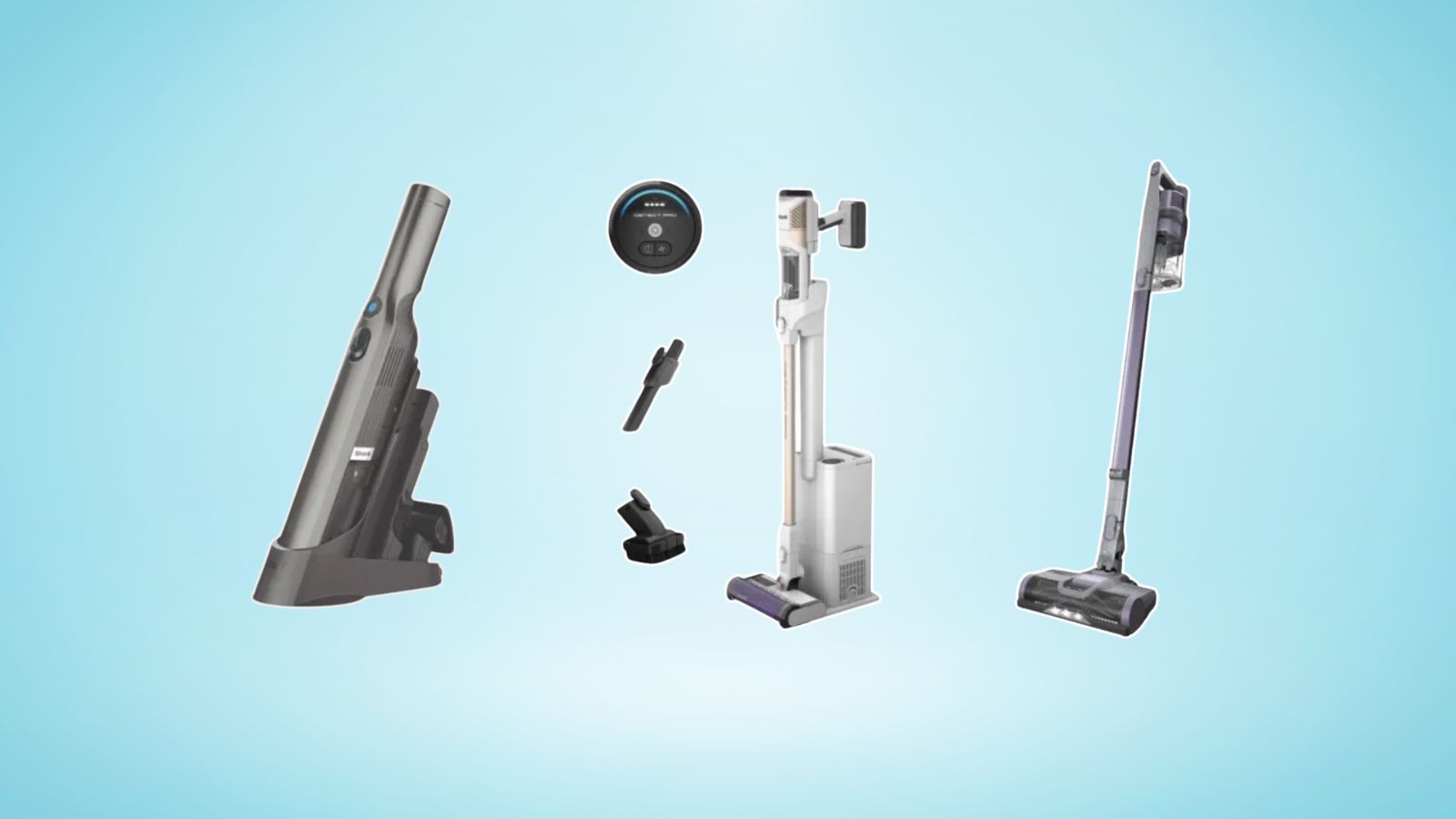 The Shark Detect Pro vacuum and other models are on sale for St Patrick's Day — perfect picks for your spring clean
The Shark Detect Pro vacuum and other models are on sale for St Patrick's Day — perfect picks for your spring cleanWhether you're eyeing the Shark Detect Pro Vacuum or Shark Pet Cordless Stick Vacuum, shop the St. Patty's Day sale for a discount on the best vacuums on shelves
By Danielle Valente Published
